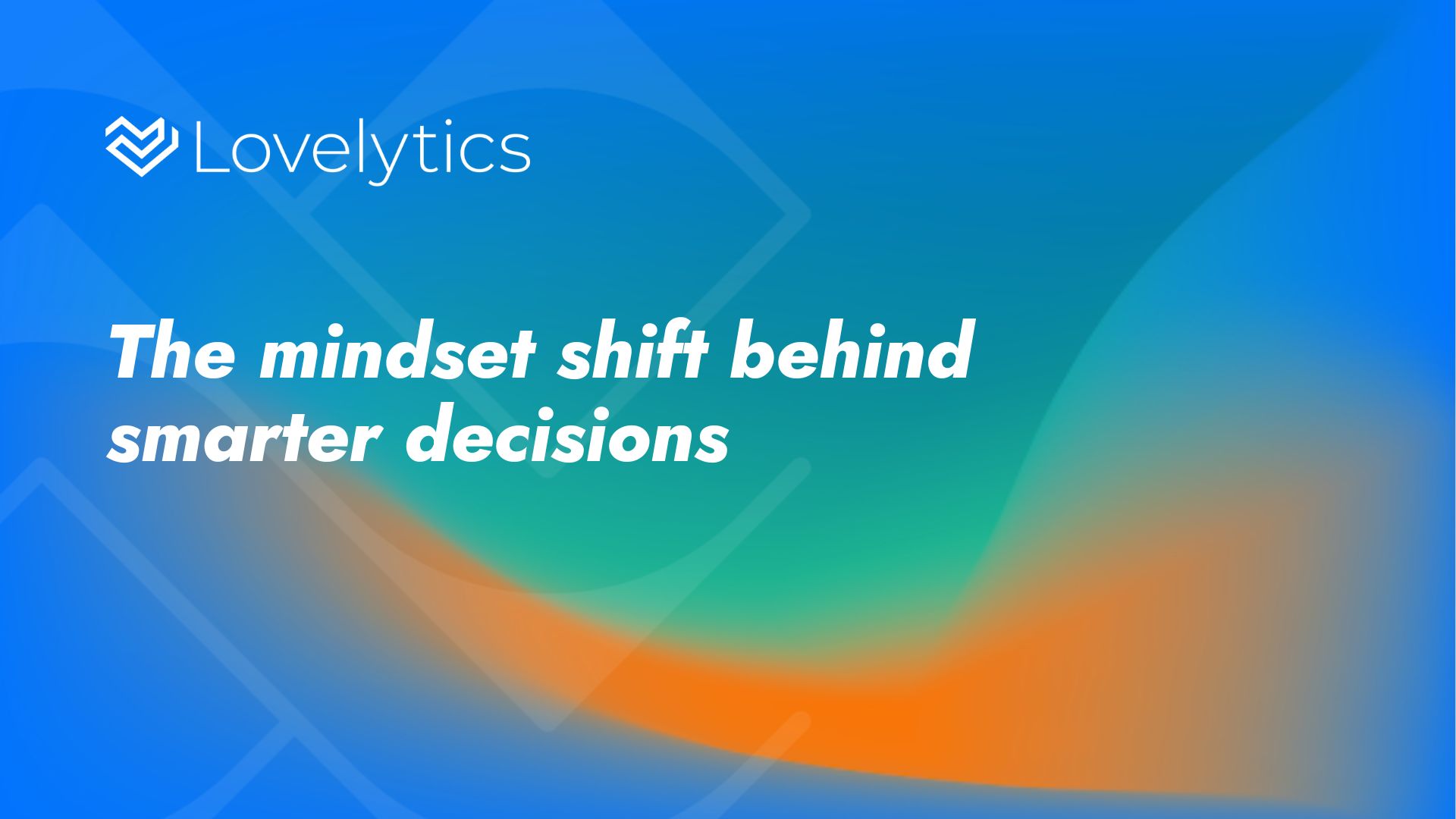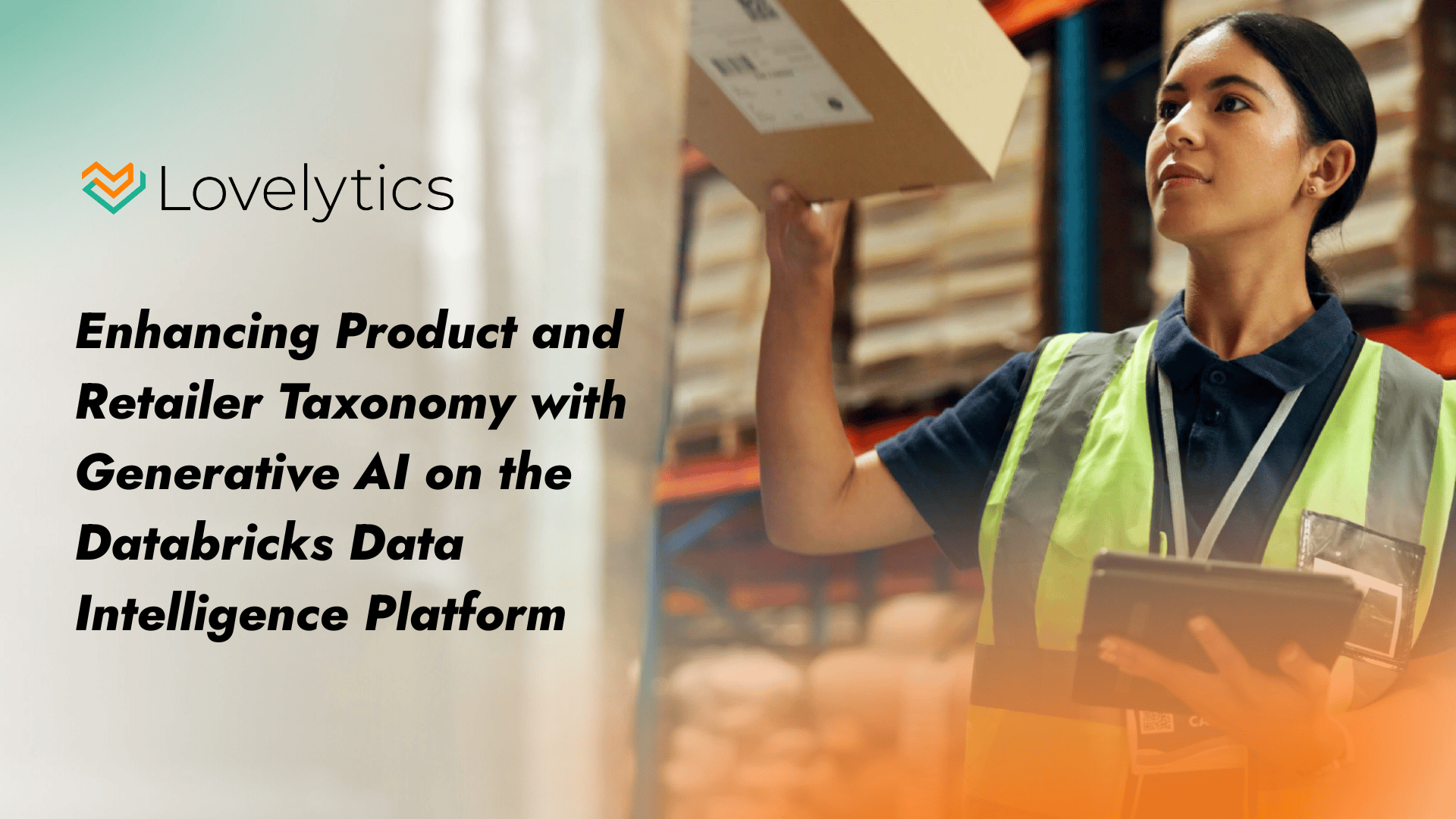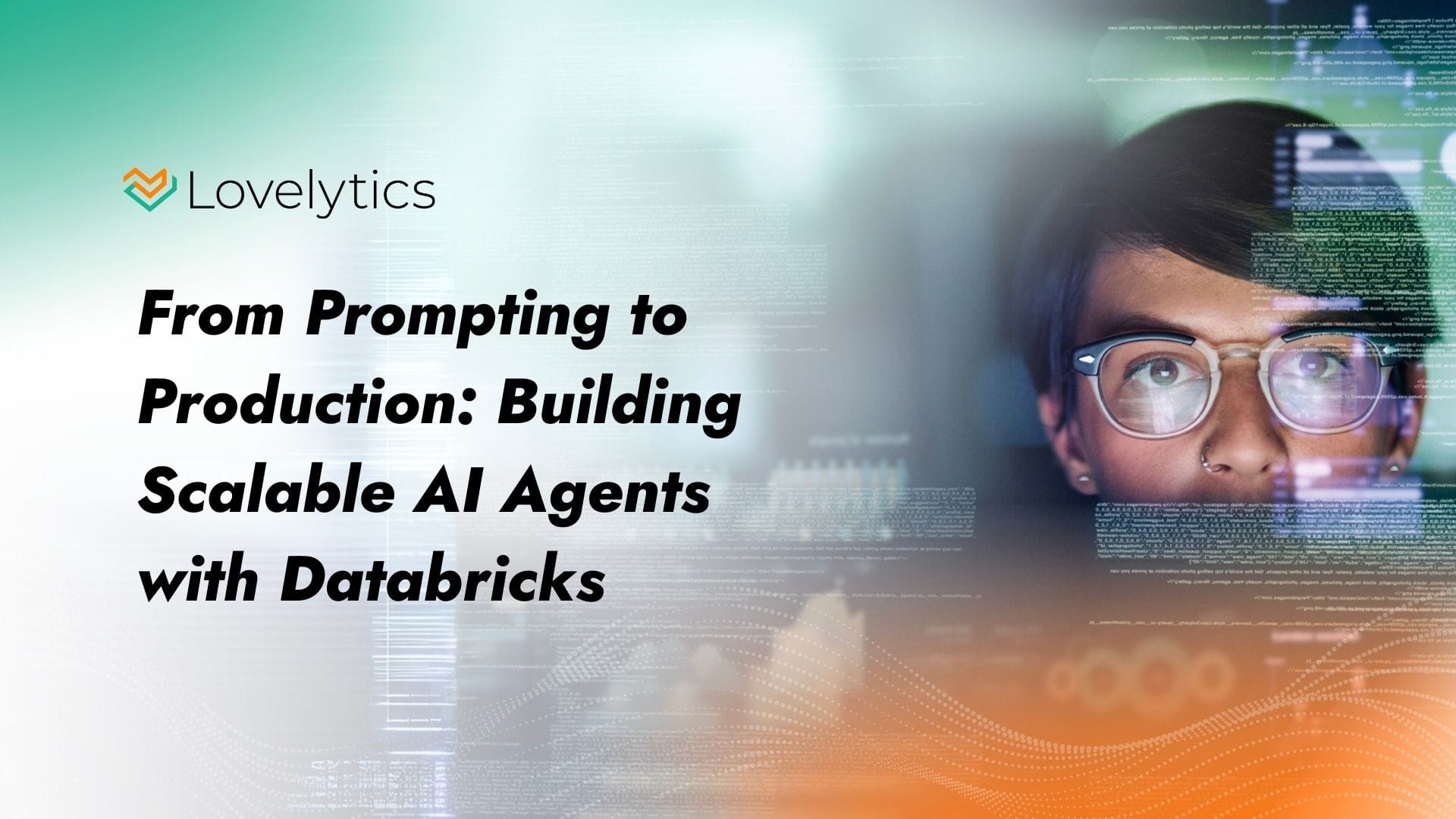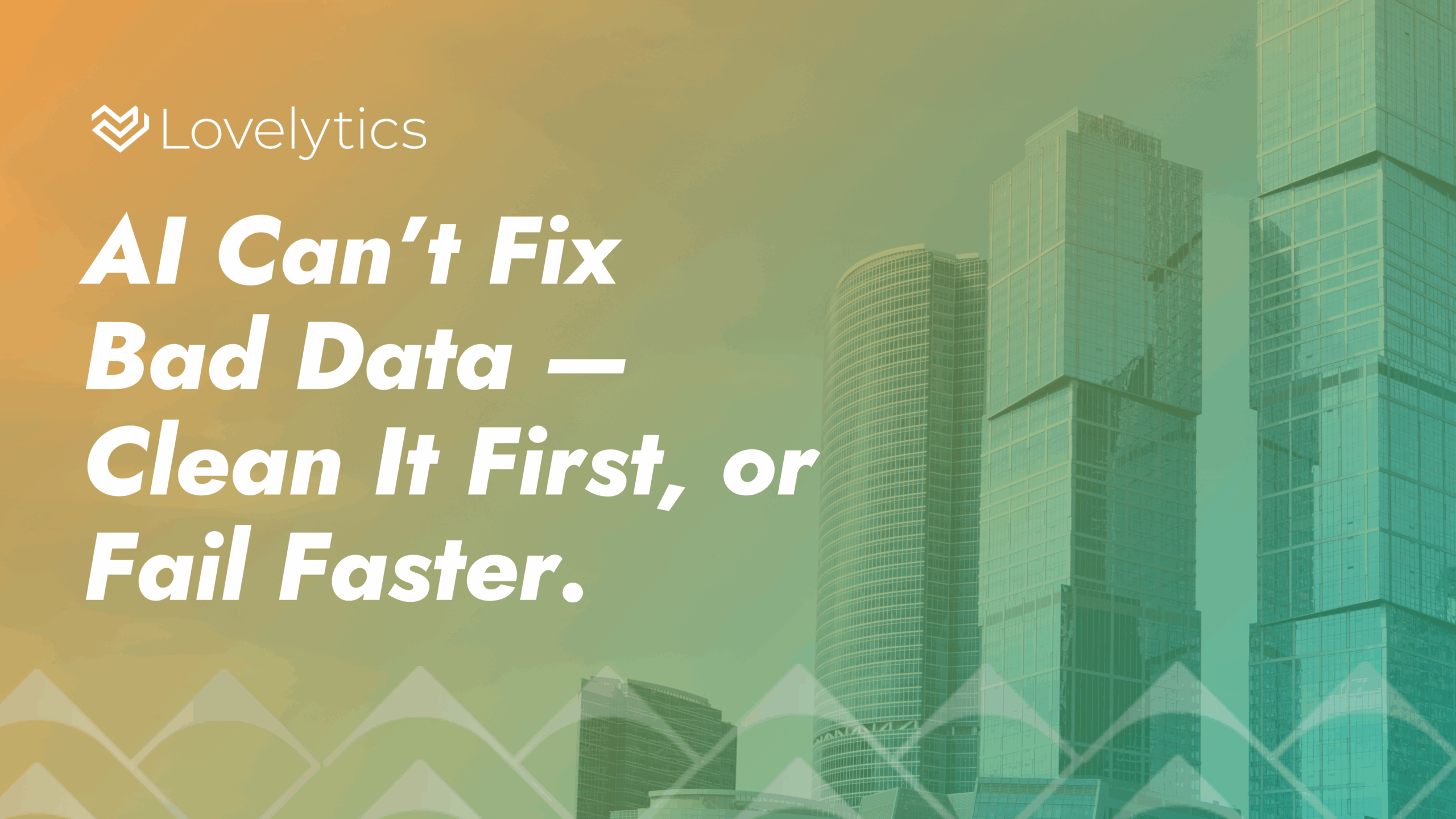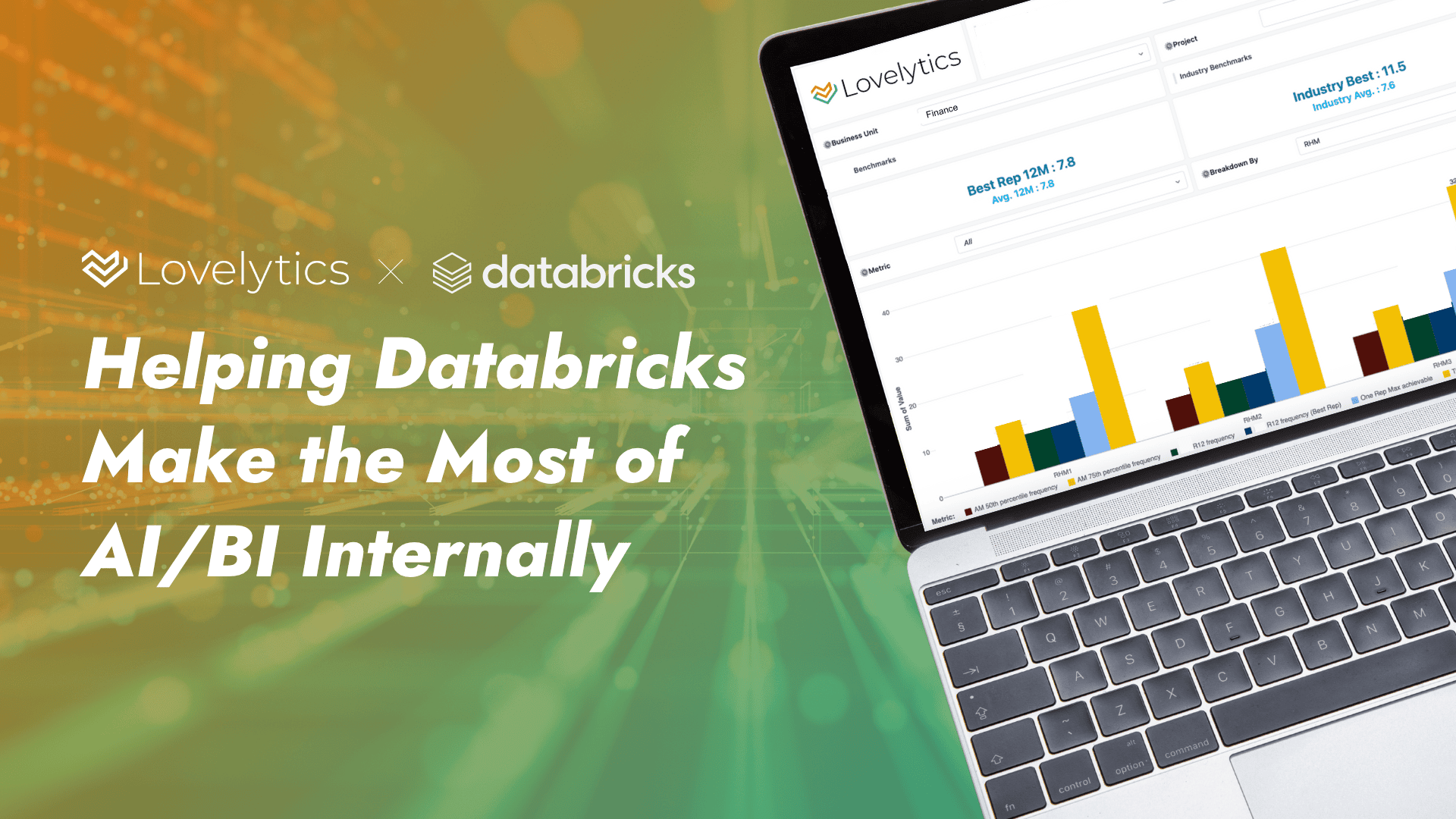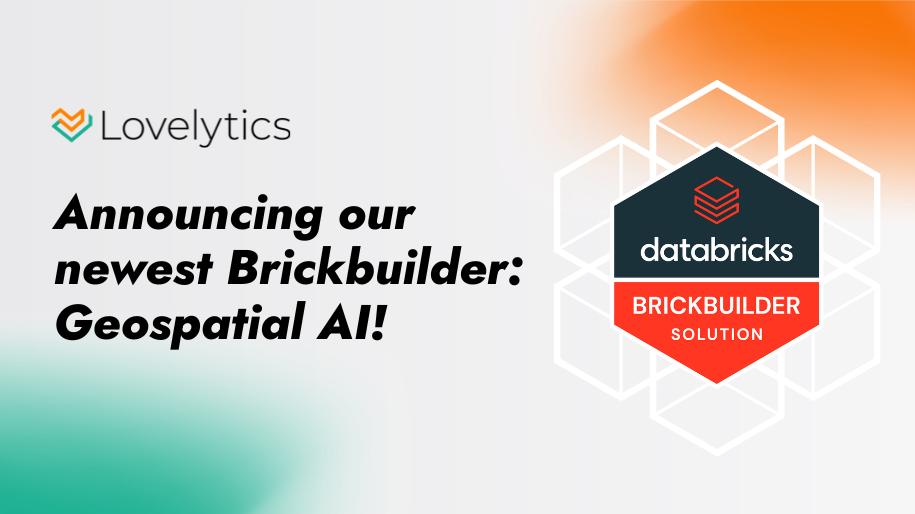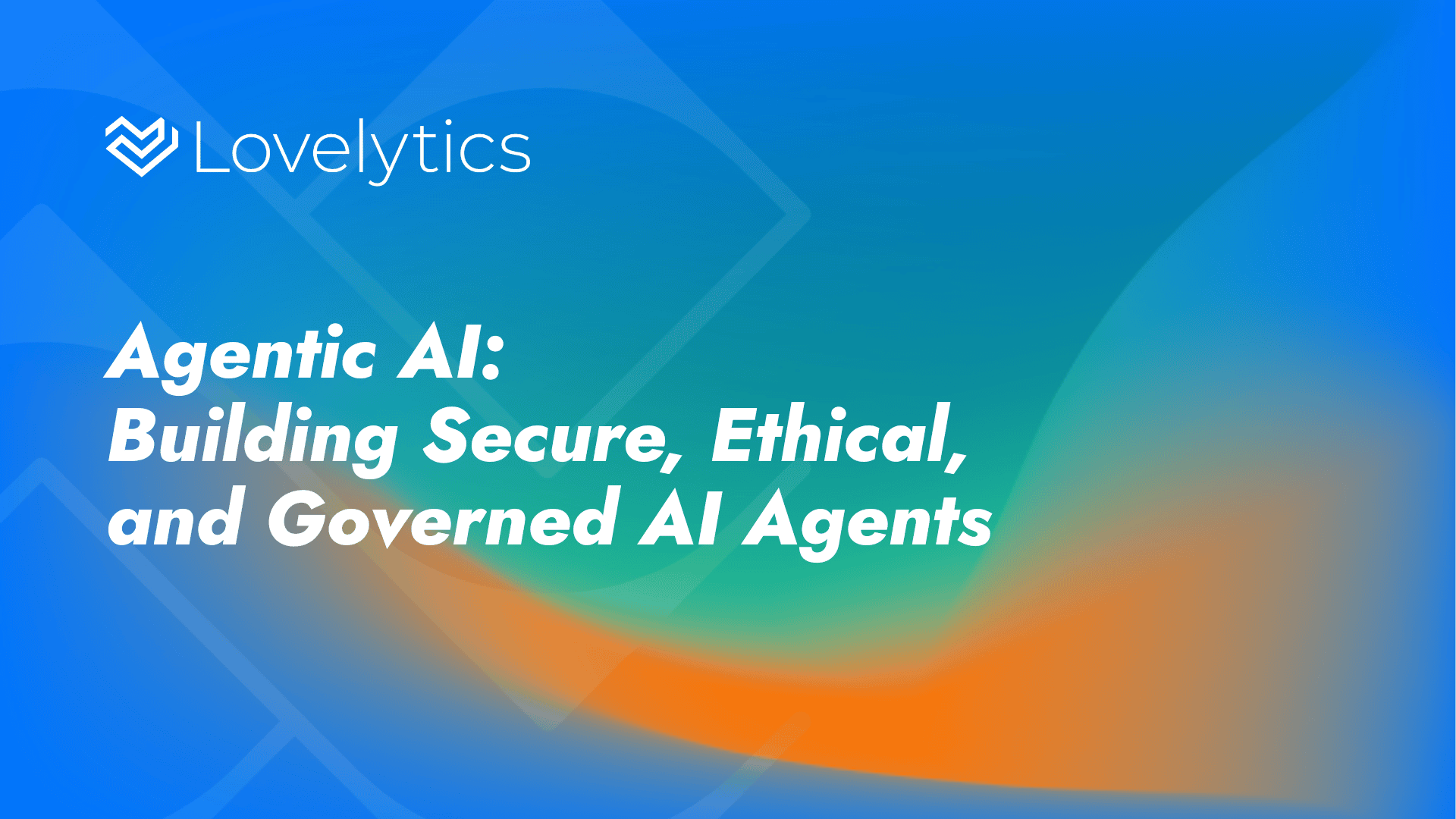Introduction
At Lovelytics, we are thrilled by the recent announcement of Databricks acquiring Neon. We believe this marks a pivotal advancement in the Generative AI (GenAI) ecosystem, one that blends technical innovation with meaningful business impact. As a trusted Elite Databricks partner focused on accelerating GenAI adoption, we view this development as more than just a strategic acquisition, it is a signal of what’s to come for enterprise AI.
Our mission at Lovelytics is to stay ahead of the exponential growth curve in GenAI. With that in mind, we wanted to share our perspective on the acquisition and highlight why this matters, especially through the lens of AI Agents, scalable AI-native architectures, and the evolution of autonomous systems that rely on dynamic and responsive data access.
To fully appreciate the significance of this move, it’s important to understand the context, specifically, the rise of AI Agents and how they are shaping the next era of enterprise automation. Before we get into the details of the Neon acquisition, let’s take a closer look at what AI Agents are and why they matter.
What are AI Agents
AI Agents represent the next frontier in enterprise automation. Unlike traditional machine learning models that respond to isolated queries, AI Agents are designed to reason, plan, and act autonomously within business workflows. They are capable of executing multi-step tasks, interacting with tools and data systems, and continuously improving through feedback loops.
From a business perspective, AI Agents unlock entirely new categories of value. They go beyond efficiency gains to enable intelligent decision-making, real-time execution, and the delegation of complex operational tasks that once required human intervention. Think of use cases such as autonomous customer support, financial reconciliation, contract review, and dynamic supply chain optimization, all made possible by agents that understand context, take actions, and adapt over time.
At Lovelytics, we have gained the experience to design, build, and implement production-quality AI Agents. Lovelytics applies an evaluation-driven Generative AI development approach, beginning with the end user and intended response in mind. This includes early alignment on evaluation criteria and expected outputs, guiding design and implementation in close collaboration with product owners, users, and subject matter experts (SMEs). We have deployed a Customer Service AI Agent in production, and we have prototyped a Supply Chain Agent capable of dynamically invoking tools to check inventory levels, pricing, and even weather data, adjusting recommendations and actions in real time. We are also actively collaborating with Databricks and several clients on a broader set of AI Agent use cases that expand the boundaries of what’s possible across industries.
At the heart of this evolution is the Databricks Mosaic AI Agent Framework. Built natively on the Databricks platform, the framework provides the orchestration layer, tool integrations, memory management, and security controls required to bring enterprise-ready AI Agents to life. It enables organizations to move beyond one-off GenAI experiments and toward production-grade, scalable agentic systems that integrate tightly with enterprise data.
As the AI Agent paradigm continues to gain traction, the foundational infrastructure, including fast, serverless, and AI-native databases becomes mission-critical. This is exactly where the Neon acquisition enters the picture and why it is so strategically important.
Why Neon Matters for AI Agents
AI Agents are not just stateless query processors. They are stateful, reasoning entities that need to maintain and evolve context over time. To function effectively in real-world enterprise workflows, agents must store and retrieve structured data, embeddings, user interactions, intermediate plans, and evolving memory states. They require persistent storage for both transactional context and dynamic task progression.
Traditional Postgres setups were not designed to support the scale, flexibility, and autonomy that modern AI Agents demand. Static provisioning, rigid schemas, and high operational overhead make it difficult to meet the performance and agility requirements of AI-native workloads. Neon, however, was purpose-built for this new class of applications.
Neon’s serverless Postgres architecture separates compute from storage and offers a multi-tenant, auto-scaling environment. This design allows AI Agents to create and scale databases on demand without pre-allocating infrastructure or incurring idle resource costs. Features like branching and time-travel provide unique advantages for agent development. They enable isolated agent sessions, experimentation, and rollback capabilities while protecting production systems.
For instance, an AI Agent can fork a user session to explore different decision paths, snapshot a knowledge graph before applying updates, or run concurrent planning tasks while retaining historical context. These patterns are foundational for building autonomous, safe, and intelligent agents. They are also extremely difficult to implement efficiently in traditional database environments.
Neon has quietly become the preferred Postgres backend for many LLM-powered applications and platforms. For the Databricks Mosaic AI Agent Framework, integrating Neon provides a critical building block. It gives AI Agents a scalable and responsive memory layer that works seamlessly with the Lakehouse. This combination enables agents to use the Lakehouse for analytical context and Neon for fast, structured, transactional execution.
In addition, Neon integrates with both LangChain and LangGraph, two frameworks that are widely used for building and orchestrating AI Agent workflows. LangChain supports Neon as a vector store via the pgvector extension, allowing developers to store and retrieve embeddings efficiently. This enables powerful capabilities like semantic search and personalized memory recall. LangGraph builds on LangChain and introduces a graph-based orchestration model for coordinating complex, multi-agent workflows. With Neon, LangGraph-based agents can manage state, perform SQL operations, and execute branching logic with full control over memory and context.
From a business perspective, this translates to faster agent response times, lower infrastructure costs, and more adaptive architectures that can support a variety of high-impact use cases. Examples include intelligent customer support, dynamic supply chain planning, automated data curation, and real-time decisioning.
Neon adds a critical layer of capability for building intelligent, scalable, and memory-aware agents. Its integration into the Databricks ecosystem is a strong indication of where enterprise AI is heading and what it will take to operationalize it at scale.
Conclusion
The acquisition of Neon by Databricks is more than a strategic investment. It represents a forward-looking commitment to building the infrastructure necessary for the next generation of AI-powered systems. As enterprises move toward intelligent agents that plan, act, and adapt, they will need infrastructure that is flexible, performant, and purpose-built for autonomy.
Neon fills a critical gap by enabling fast, serverless, and memory-aware data access. When combined with the Mosaic AI Agent Framework and the power of the Databricks Lakehouse, it creates a compelling foundation for deploying enterprise-grade AI Agents that are both intelligent and operationally efficient.
At Lovelytics, we view this as a turning point. We are actively investing in helping clients explore how to take advantage of this integration in ways that are practical, impactful, and future-ready. Over the next few weeks and at the Databricks Data and AI Summit, we will continue working closely with Databricks and our clients to identify and prioritize the right use cases that fully leverage Neon’s capabilities within the Mosaic AI platform.
The agentic future is here, and we are excited to help our clients lead the way.



